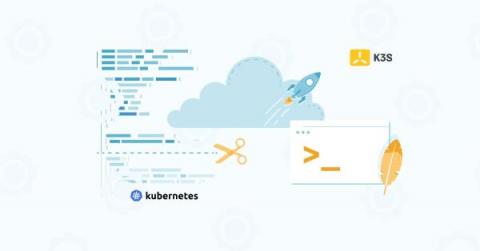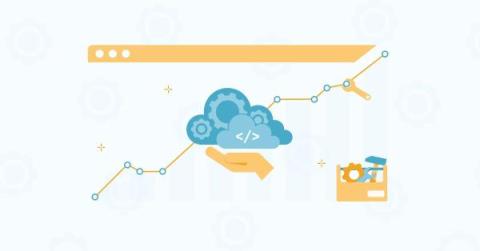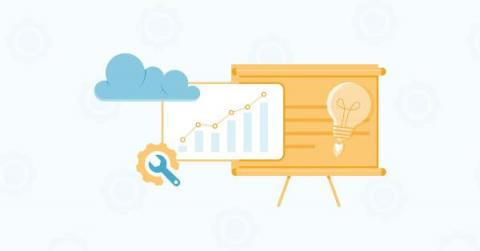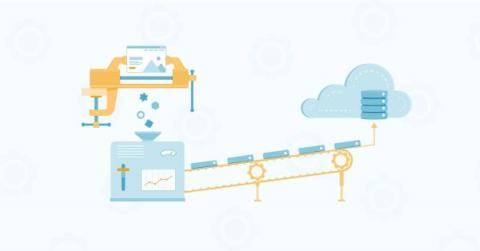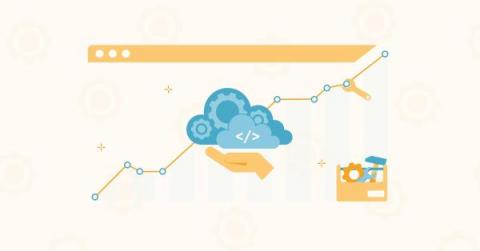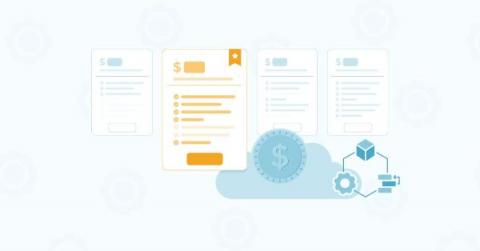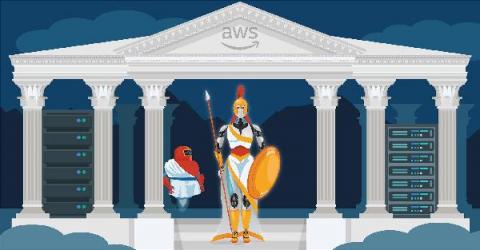K3s Vs K8s: What's The Difference? (And When To Use Each)
Kubernetes, or K8s, is an open-source, portable, and scalable container orchestration platform. With K8s, you can reliably manage distributed systems for your applications, enabling declarative configuration and automatic deployment. Yet, K8s can be resource-intensive and costly, with a rather steep learning curve. But in 2019, a lighter, faster, and potentially more cost-effective alternative appeared: K3s. Still, K3s is not a magic wand that works for all Kubernetes deployments.


